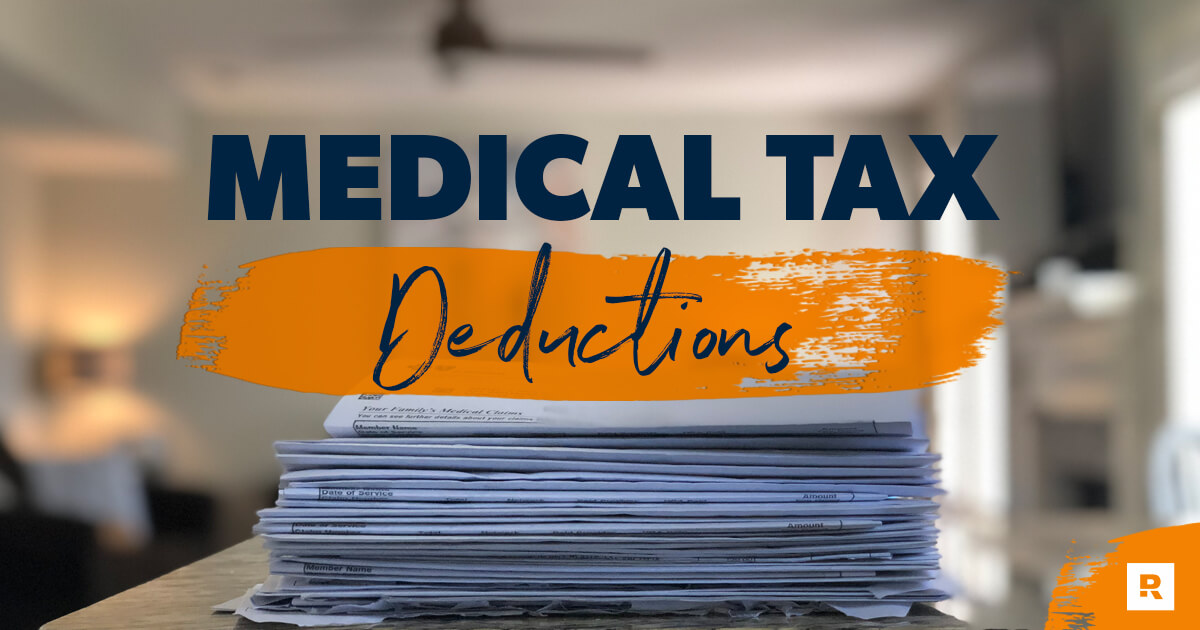
While the current state of the Canadian health care system is not without its problems, Canadians are nonetheless fortunate to have a publicly-funded health care system, in which most major medical expenses are covered by provincial health care plans. Notwithstanding, there is a large (and growing) number of medical and para-medical costs – including dental care, prescription drugs, physiotherapy, ambulance trips, and many others – which must be paid for on an out-of-pocket basis by the individual. In some cases, such costs are covered by private insurance, usually provided by an employer, but not everyone benefits from private health care coverage. Self-employed individuals, those working on contract, or those whose income comes from several part-time jobs do not usually have access to such private insurance coverage. Fortunately for those individuals, our tax system acts to help cushion the blow by providing a medical expense tax credit to help offset out-of-pocket medical and para-medical costs which must be incurred.
The bad news for such individuals is that while a tax credit is available, the computation of eligible expenses and, in particular, determining when a claim for the credit should be made can be confusing. In addition, the determination of which expenses qualify for the credit and which do not isn’t necessarily intuitive, nor is the determination of when it’s necessary to obtain prior authorization from a medical professional in order to ensure that the planned expenditure will qualify for the credit. For instance, in order to claim the medical expense tax credit for the cost of a walker, it is necessary to obtain a prescription for that walker from a medical professional. Where costs are incurred to purchase a wheelchair, those costs are eligible for the medical expense credit with no requirement that a prescription of any kind be obtained.
The basic rule is that qualifying medical expenses (a lengthy list of which can be found on the Canada Revenue Agency website at https://www.canada.ca/en/revenue-agency/services/tax/individuals/topics/about-your-tax-return/tax-return/completing-a-tax-return/deductions-credits-expenses/lines-33099-33199-eligible-medical-expenses-you-claim-on-your-tax-return.html) over 3% of the taxpayer’s net income, or $2,479, whichever is less, can be claimed for purposes of the medical expense tax credit on the taxpayer’s return for 2022.
Put in more practical terms, the rule for 2022 is that any taxpayer whose net income is less than $82,635 will be entitled to claim medical expenses that are greater than 3% of his or her net income for the year. Those having income of $82,635 or more will be limited to claiming qualifying expenses which exceed the $2,479 threshold.
The other aspect of the medical expense tax credit which can cause some confusion is that it’s possible to claim medical expenses which were incurred prior to the current tax year, but weren’t claimed on the return for the year that the expenditure was made. The actual rule is that the taxpayer can claim qualifying medical expenses incurred during any 12-month period which ends in the current tax year, meaning that each taxpayer must determine which 12-month period ending in 2022 will produce the greatest amount eligible for the credit. That determination will obviously depend on when medical expenses were incurred so there is, unfortunately, no universal rule of thumb which can be used.
Medical expenses incurred by family members – the taxpayer, his or her spouse, children who were born in 2005 or later, and certain other dependent relatives – can be added together and claimed by one member of the family. In most cases, it’s best, in order to maximize the amount claimable, to make that claim on the tax return of the lower-income spouse, where that spouse has tax payable for the year.
As the end of the calendar year approaches, it’s a good idea to add up the medical expenses which have been incurred during 2022, as well as those paid during 2021 and not claimed on the 2021 return. Once those totals are known, it will be easier to determine whether to make a claim for 2022 or to wait and claim 2022 expenses on the return for 2023. And, if the decision is to make a claim for 2022, knowing what medical expenses were paid, and when, will enable the taxpayer to determine the optimal 12-month period for that claim.
Finally, it’s a good idea to look into the timing of medical expenses which will have to be paid early in 2023. Where those are significant expenses (for instance, a particularly costly medication which must be taken on an ongoing basis, or some expensive dental work) it may make sense, where possible, to accelerate the payment of those expenses to November or December 2022, where that means they can be included in 2022 totals and claimed on the 2022 return.
The information presented is only of a general nature, may omit many details and special rules, is current only as of its published date, and accordingly cannot be regarded as legal or tax advice. Please contact our office for more information on this subject and how it pertains to your specific tax or financial situation.
